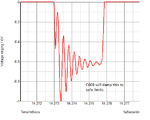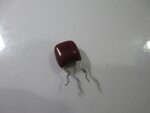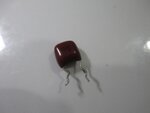E-design
Advanced Member level 5
Is this a 220 V lamp?Perhaps I forgot to mention that the one I have here is a 60W lamp
I think let's start near a 40W load. If you only have 220 V lamps, then you may have to parallel some to get enough load on the PSU. If you can get the PSU up to voltage with this, we should be ok. We can then verify with a 60W load.
The PSU will still run under a lighter load, but we need to know that it can handle the rated load the set will require.


